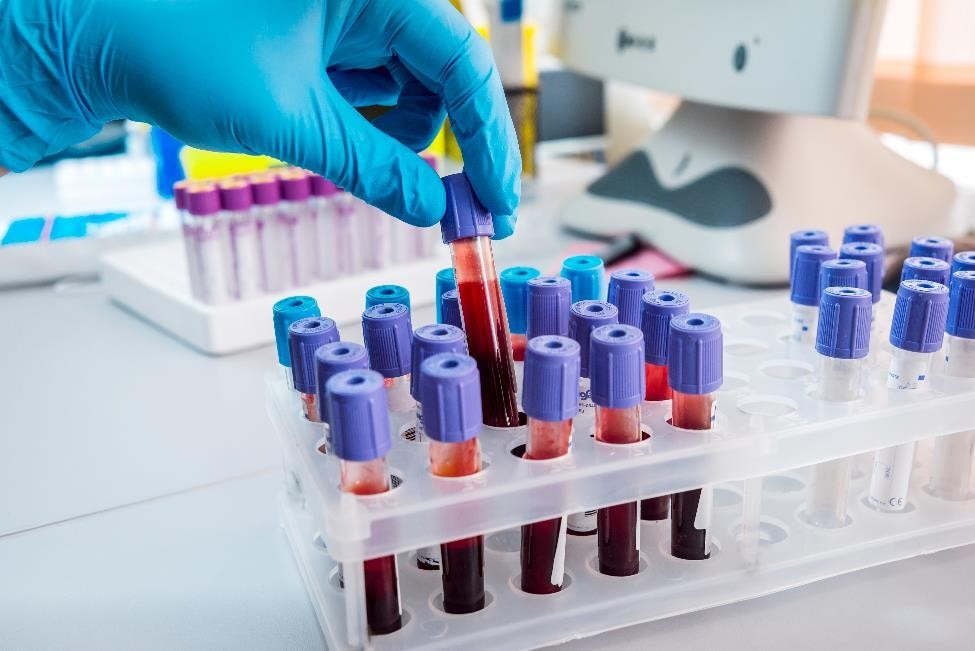Diagnosis of Aplastic Anemia & Myelodysplastic Syndromes
How do health care professionals diagnose aplastic anemia and MDS?
Your health care professional will use your medical and family history, physical exam, and test results to diagnose your condition. Your health care professional may refer you to a hematologist, a doctor who treats blood disorders, or an oncologist, a doctor who treats cancer.
What tests do health care professionals use to diagnose aplastic anemia and MDS?
Blood tests
Your health care professional may use one or more blood tests to check for signs of aplastic anemia or MDS.
A complete blood count, or CBC, is usually the first blood test used to check for aplastic anemia or MDS. The test measures hematocrit, which is the portion of the blood sample made up of red blood cells. A CBC also measures
- the amount of hemoglobin, a protein in your red blood cells that carries oxygen to your body
- the number of red blood cells and platelets
- the number and types of white blood cells
A blood smear examines the size, shape, and number of blood cells in your blood.
Health care professionals sometimes use blood tests to check for unusual amounts of folate, vitamin B12, and erythropoietin—a hormone made by your kidneys to help produce red blood cells.

Bone marrow tests
A bone marrow aspiration, bone marrow biopsy, or both tests may help confirm a diagnosis of aplastic anemia or MDS. Bone marrow tests can show
- abnormal cells
- the number and type of blood cells
- the size and shape of blood cells
- abnormal changes to genes within blood cells
Other tests
Your health care professional may order other specialized tests to help find the cause of your aplastic anemia or MDS or to identify other disorders you may have. Other tests your care team may order include
- flow cytometry, which measures the number of cells, percentage of live cells, and certain characteristics of cells such as size and shape
- molecular testing, which checks for abnormal changes in specific genes
- cytogenetic testing, which checks for abnormal changes in chromosomes
This content is provided as a service of the National Institute of Diabetes and Digestive and Kidney Diseases
(NIDDK), part of the National Institutes of Health. NIDDK translates and disseminates research findings to increase knowledge and understanding about health and disease among patients, health professionals, and the public. Content produced by NIDDK is carefully reviewed by NIDDK scientists and other experts.

